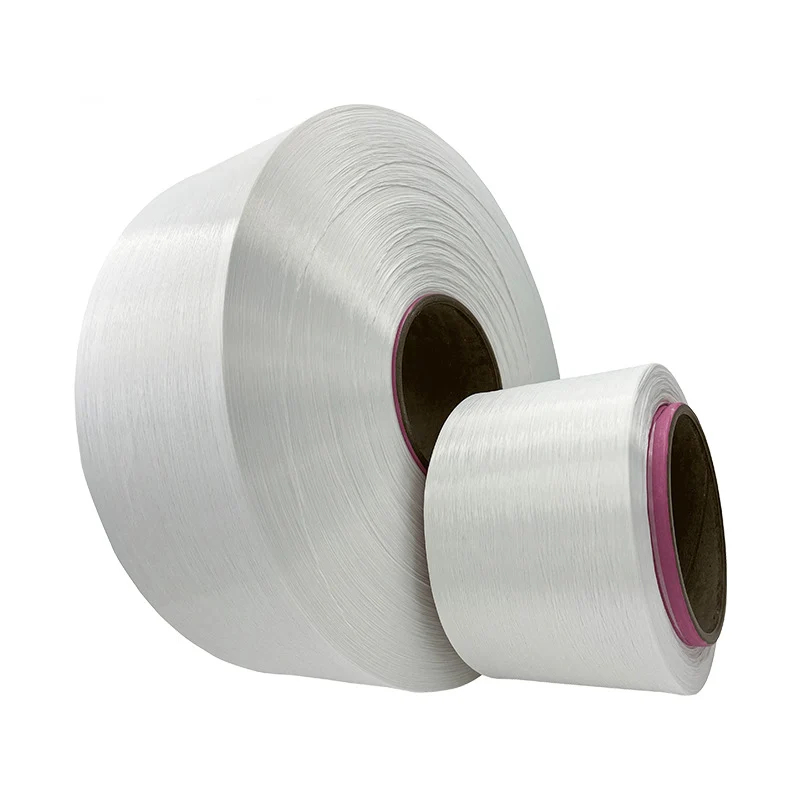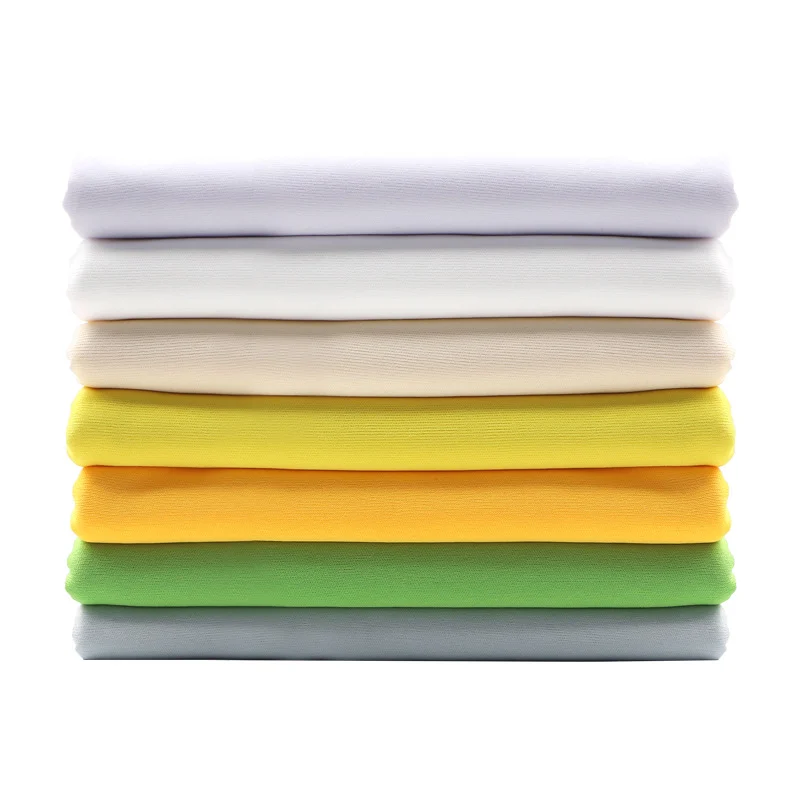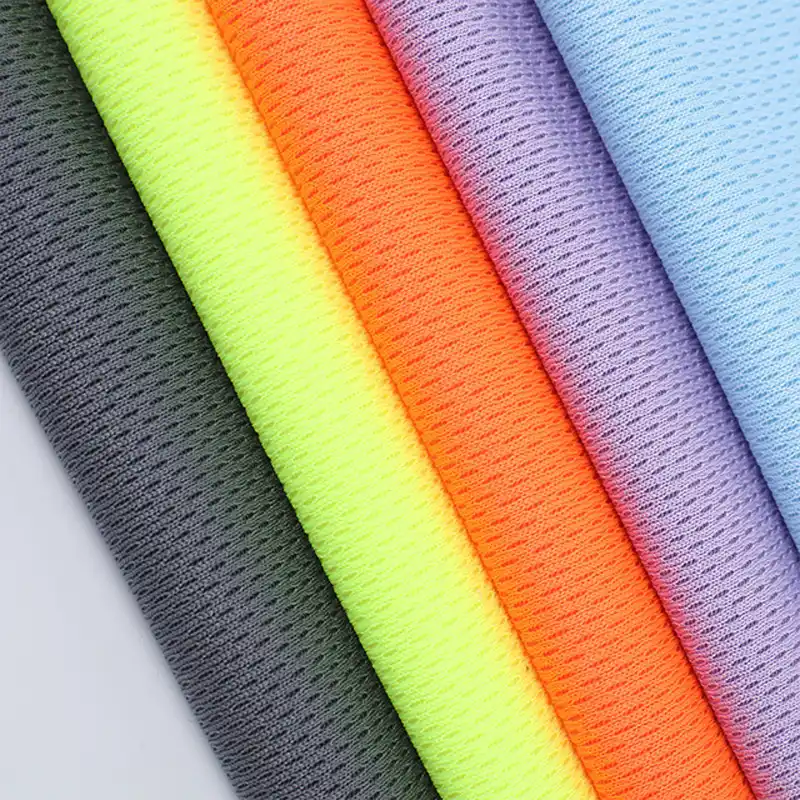Polyester or Cotton?
Polyester and Cotton: The Competition between Fibers
When we stand in front of the shelves of a clothing store, facing a dazzling array of clothes, material selection often becomes the first issue we need to consider. Polyester and cotton, as two common textile materials, each have their own characteristics and applicable scenarios. So, which is better, polyester or cotton? Let’s explore the truth.
When we stand in front of the shelves of a clothing store, facing a dazzling array of clothes, material selection often becomes the first issue we need to consider. Polyester and cotton, as two common textile materials, each have their own characteristics and applicable scenarios. So, which is better, polyester or cotton? Let’s explore the truth.
Advantages of polyester
Polyester, also known as polyester fiber, is a synthetic fiber. Since its emergence in the mid-20th century, polyester has rapidly occupied the textile market due to its superior performance.
Strong durability:
Polyester fiber has high strength, excellent wear resistance, and is not easily damaged.
Easy to care for:
Polyester products can usually be machine washed and are not easily shrunk or deformed, with low maintenance costs.
Good quick drying performance:
Polyester fibers have poor water absorption, but this also means they dry quickly and are suitable for making sportswear and outdoor clothing.
Strong wrinkle resistance:
Polyester clothing is not prone to wrinkling and remains flat even after wearing.
Affordable price:
As a synthetic fiber, the production cost of polyester is relatively low, so the price is affordable.
Disadvantages of polyester
Poor moisture absorption:
Polyester has lower moisture absorption than natural fibers, which may cause a stuffy feeling when worn.
Easy to carry static electricity:
Polyester is easily charged and may cause static electricity, especially in dry environments.
Staining dust:
Due to electrostatic attraction, polyester fabrics are prone to staining dust, which affects their appearance.
Poor breathability:
Polyester is not breathable, which may result in a lack of breathability when worn.
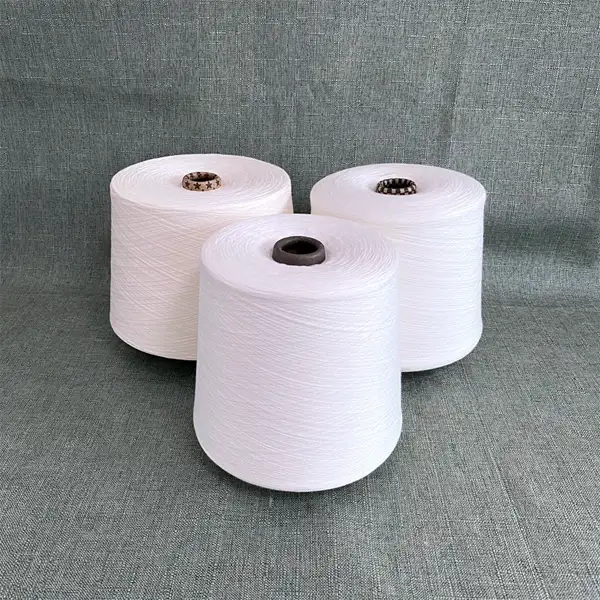
Advantages of cotton
Cotton, as the name suggests, is woven from natural cotton fibers. As one of the oldest textile materials in human history, cotton has won widespread popularity for its unique advantages.
High comfort:
Cotton fibers have good moisture absorption and breathability, which can keep the skin dry and comfortable.
Non irritating:
Cotton fibers are naturally non irritating and suitable for people with sensitive skin to wear.
Environmentally friendly and sustainable:
Cotton is a renewable resource that does not require large amounts of chemicals during the planting process, making it environmentally friendly.
Good heat resistance:
Cotton products can withstand high temperatures and are not easily melted or produce harmful gases.
The drawbacks of cotton are also evident. It is prone to wrinkling and deformation, requiring high maintenance costs. In addition, pure cotton products are prone to moisture in humid environments and have a relatively slow drying speed.
Application scenarios of polyester and cotton
Polyester and cotton each have their own advantages and disadvantages, so their applications in the clothing industry are also different. Polyester is widely used in sports apparel, outdoor clothing, and uniforms that require frequent cleaning due to its durability and ease of care. Cotton, on the other hand, is more popular in the fields of close fitting clothing, bedding, and baby clothing due to its high comfort and non irritating characteristics.
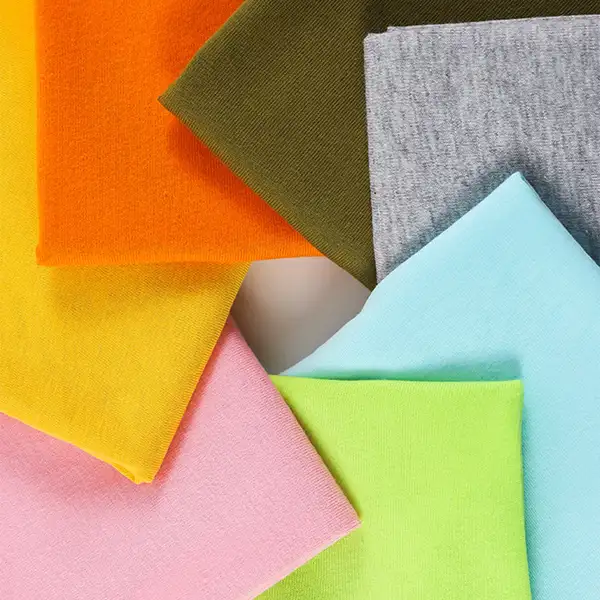
How to choose between polyester and cotton
When choosing polyester and cotton, we should weigh them according to our own needs and preferences. If you value durability and ease of care, polyester may be a better choice. If you pursue comfort and environmental friendliness, then cotton undoubtedly has more advantages. Of course, with the development of technology, there have also been many specially treated polyester and cotton products on the market, which have improved their shortcomings to some extent while retaining their original advantages. Therefore, when purchasing, we can also pay attention to these improved new textile materials.
In short, both polyester and cotton have their own advantages, and there is no absolute distinction between good and bad. The key is how we choose and match according to our own needs and preferences. Only in this way can we find the most suitable textile material for ourselves and enjoy a comfortable wearing experience.

